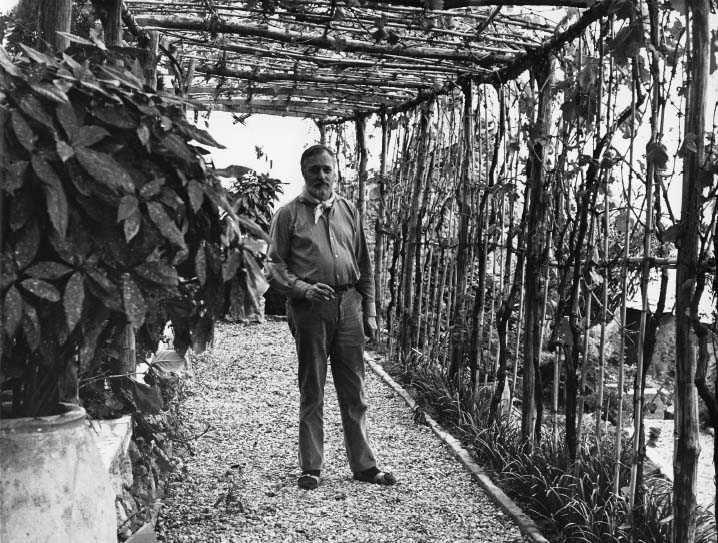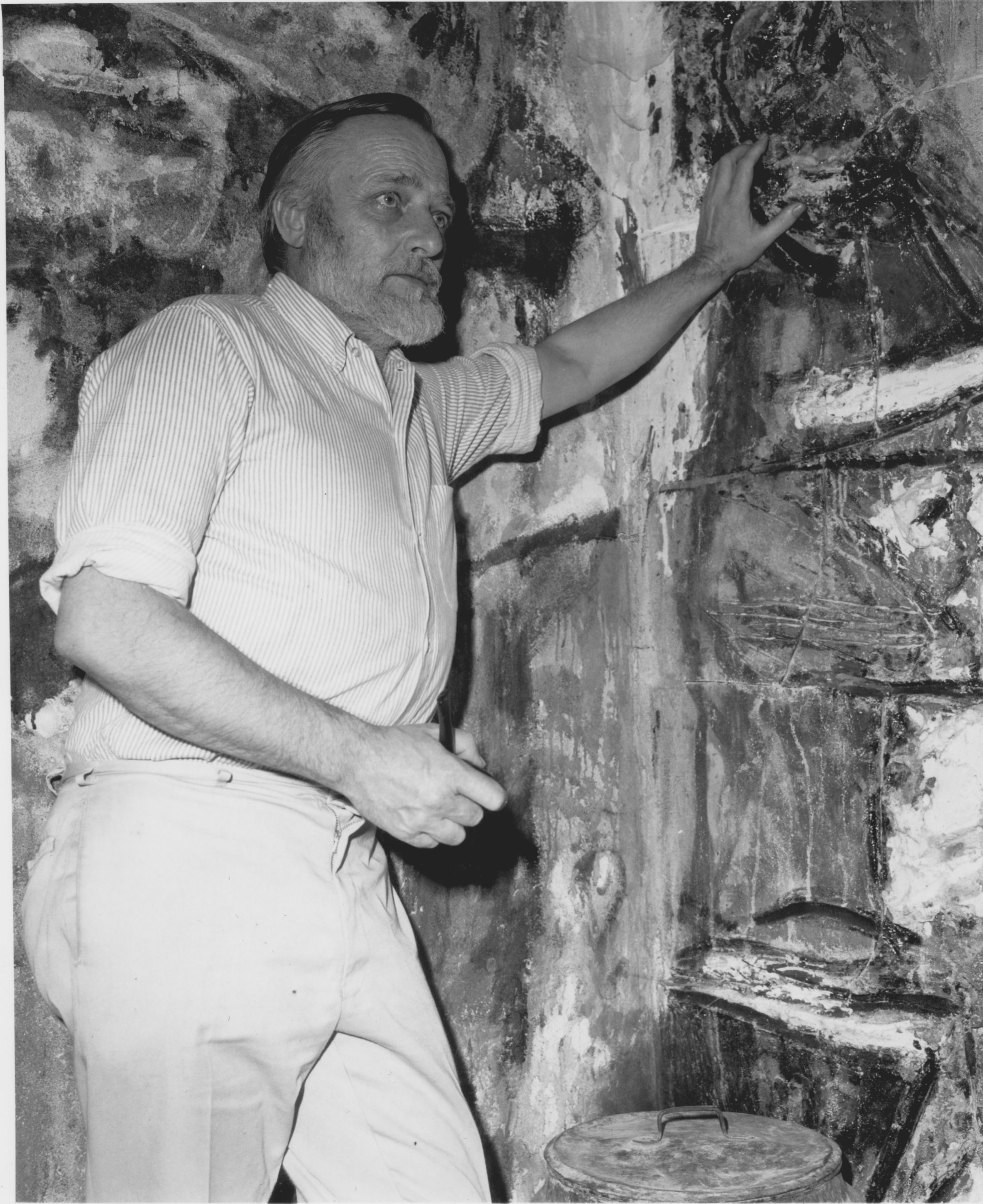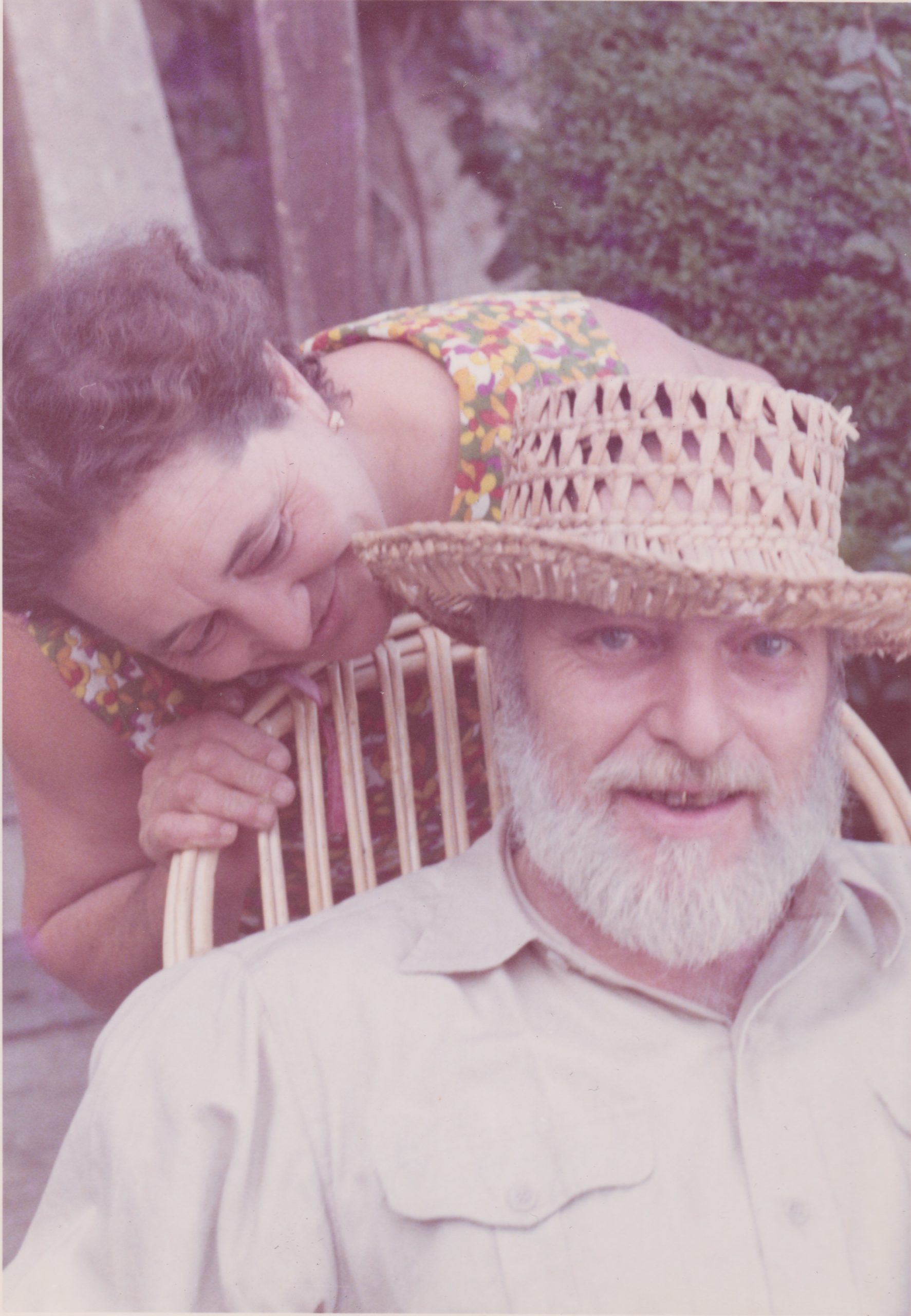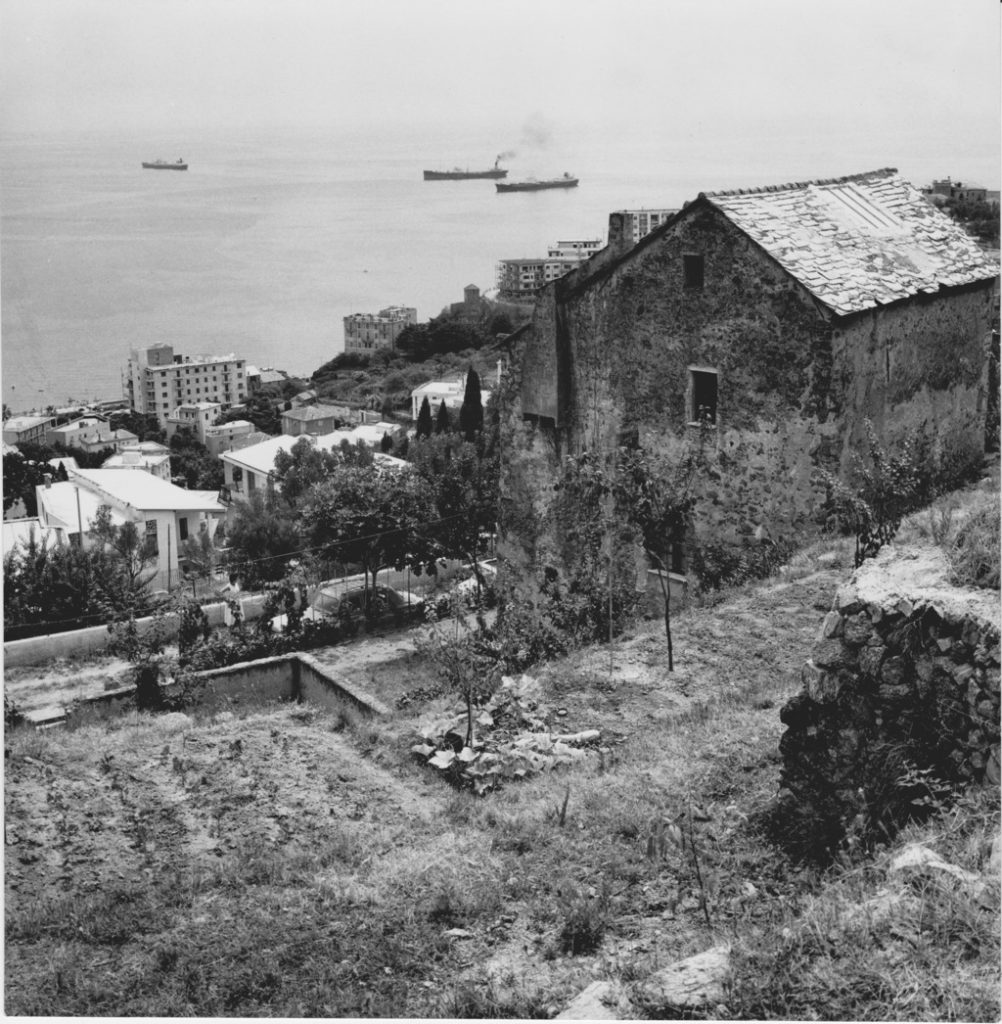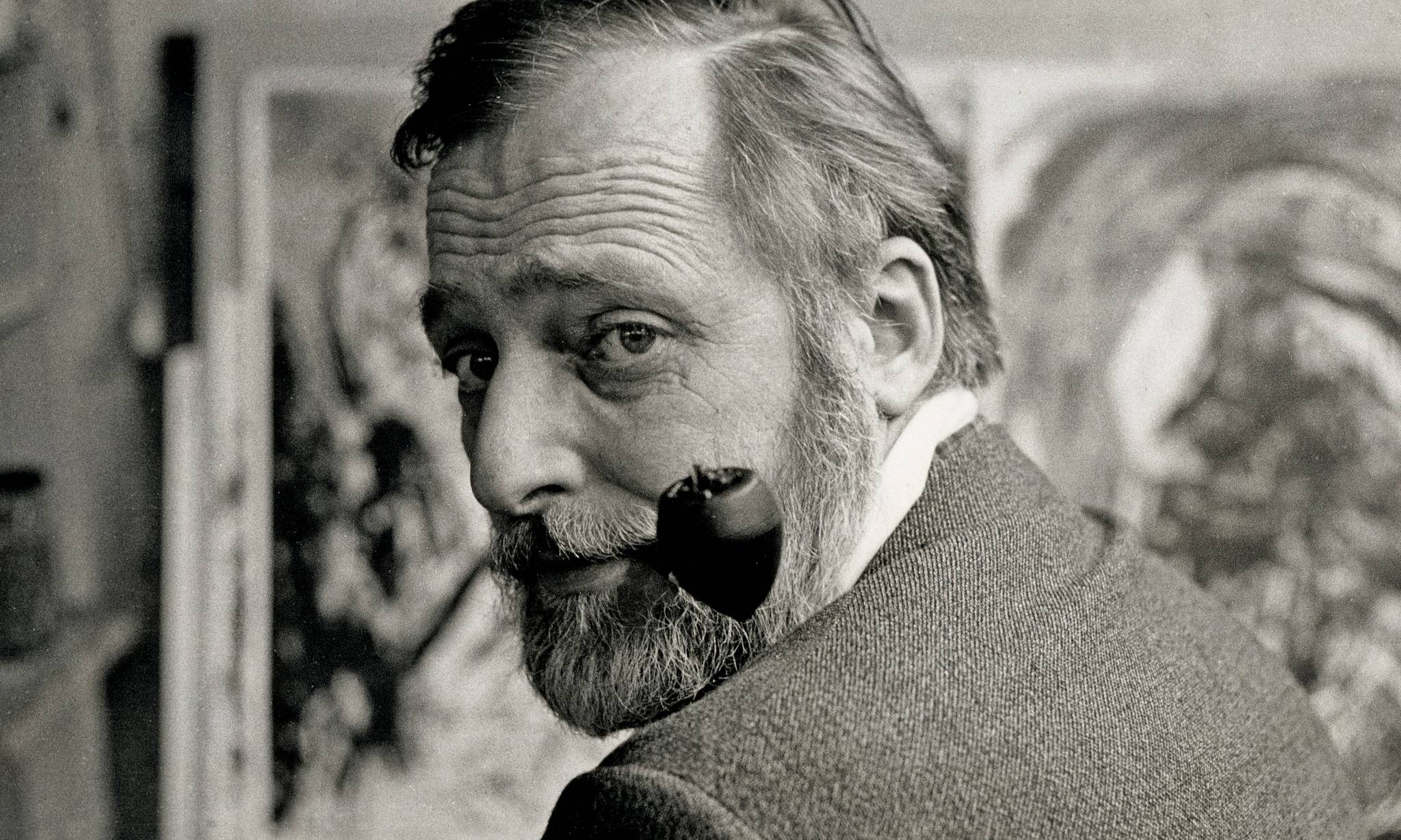In Albissola Marina he organizes the International Meeting of Ceramics, in which artists from Cobra, Surrealist and Nuclear participate. In the Tullio d’Albisola (Mazzotti) factory, Jorn tries to give substance with ceramics to the theories of the International Movement for a Bauhaus Imaginista, which he had recently created.In 1957 the MIBI merged into the Situationist International, a collective founded by Jorn, Guy Debord, Piero Simondo and Giuseppe Pinot Gallizio. In the same year Jorn buys an old farmhouse on the Albisolian hills which he will transform, with the help of Umberto Gambetta, into a total work of art where nature, architecture, decorative and plastic arts merge. The growing international success of Jorn’s painting led him to exhibit in the main European capitals and in New York. In 1959, at the Ceramiche San Giorgio in Albissola Marina, he created the Great Relief for the Danish government: a ceramic wall panel – 3x27m – for the State High School of Aarhus. He abandoned the IS, founded the Scandinavian Institute for Comparative Vandalism (1962), traveled to Northern Europe to study Viking art and published dozens of essays and volumes on art and cultural philosophy. Free and independent spirit, Jorn rejects art institutions so much that he refuses the Guggenheim Prize. Experiments with different painting techniques but also engraving and sculpture. In 1967-68, invited by Wifredo Lam, he went to Havana and painted the interior walls of a nationalized bank. He travels the world, separates from his second wife and joins Nanne, with whom he will have his last child. In 1971 he made another large ceramic panel (The Big World) for the Randers House of Culture. Ill for some time, he died in Aarhus, Denmark, on 1 May 1973, bequeathing his house-museum to the Municipality of Albissola Marina and to the city of Silkeborg a museum (now Museum Jorn) created with his continuous donations of important contemporary art works.
Asger Oluf Jörgensen was born in Vejrum, Denmark, on the peninsula of Jutland, on March 3, 1914. In Silkeborg he attended the school for teachers and approached painting. In 1936 he reached Paris by motorcycle and attended Fernand Léger's art school. At the 1937 Universal Exposition in Paris he created a mural (an enlargement of a child's drawing) for Le Corbusier's Pavillon des Temps Nouveaux. He changes his name to Asger Jorn, travels to Northern Europe and Tunisia and holds his first solo exhibition in Paris. Here, in 1948, he founded, together with Appel, Constant, Corneille, Dotremont and Noiret, the CoBrA group: an avant-garde formation that supports and promotes an anti-rationalist, spontaneous and collective art. He publishes several essays on popular culture and kitsch, Nordic art and architecture. He separates from his first wife Kirsten, joins Matie and moves with their four children to Paris. The end of Cobra in 1951 coincides with Jorn's hospitalization in a sanatorium in Silkeborg for TB. He finished his convalescence in Switzerland and then went, in April 1954 and at the invitation of the Nuclear painters Enrico Baj and Sergio Dangelo, to Albissola Marina, on the Ligurian coast.


